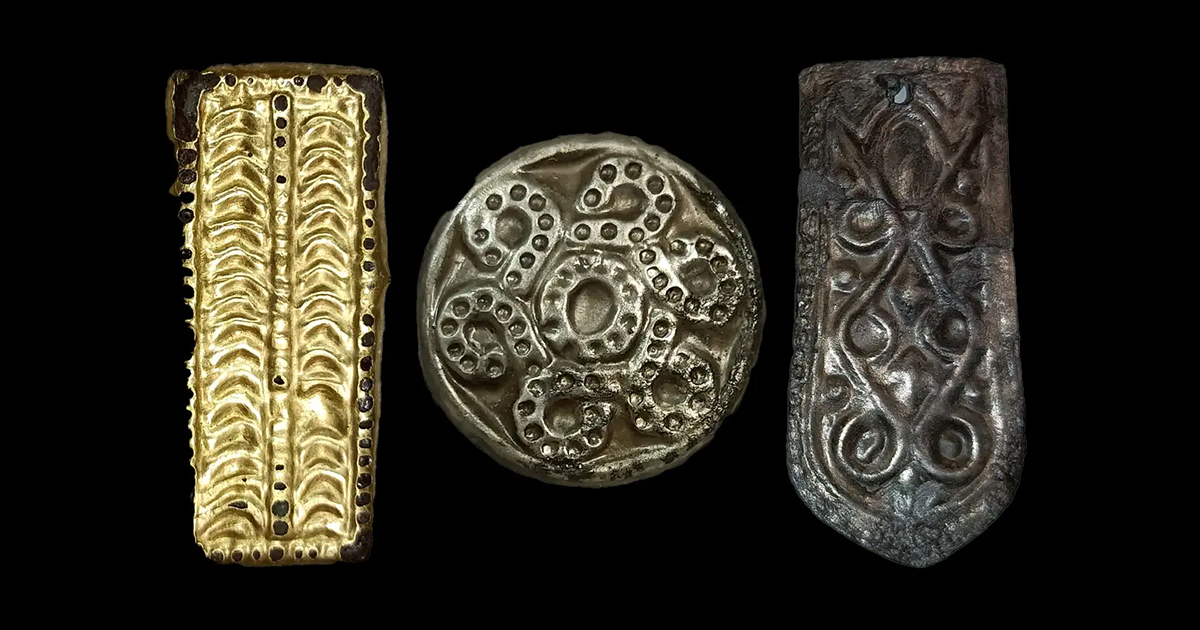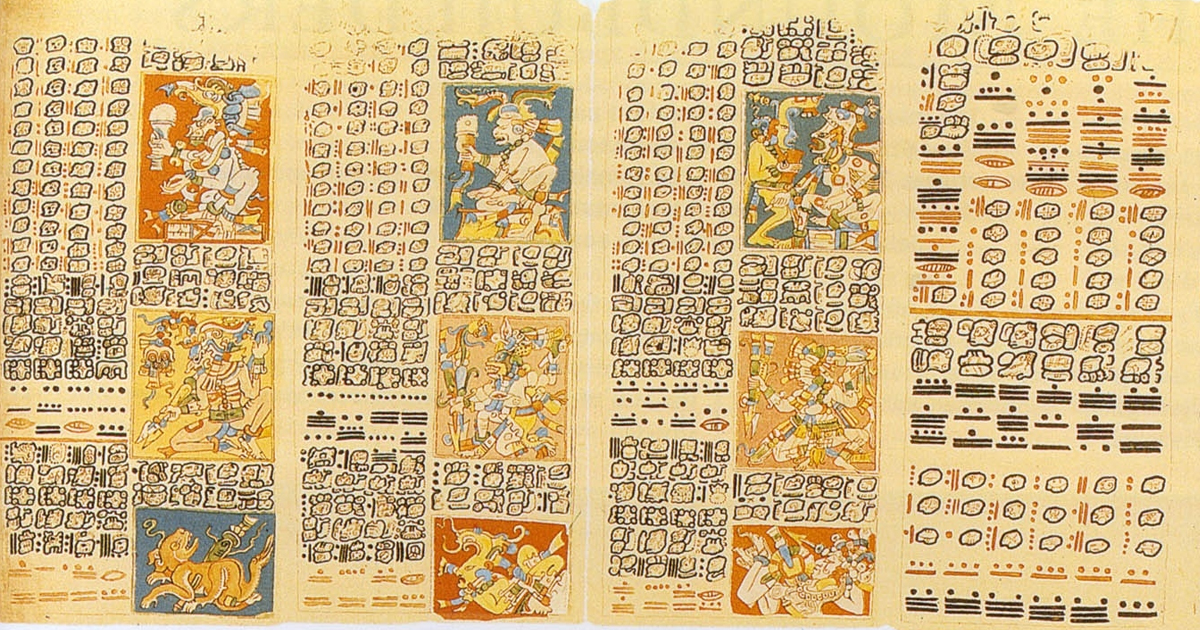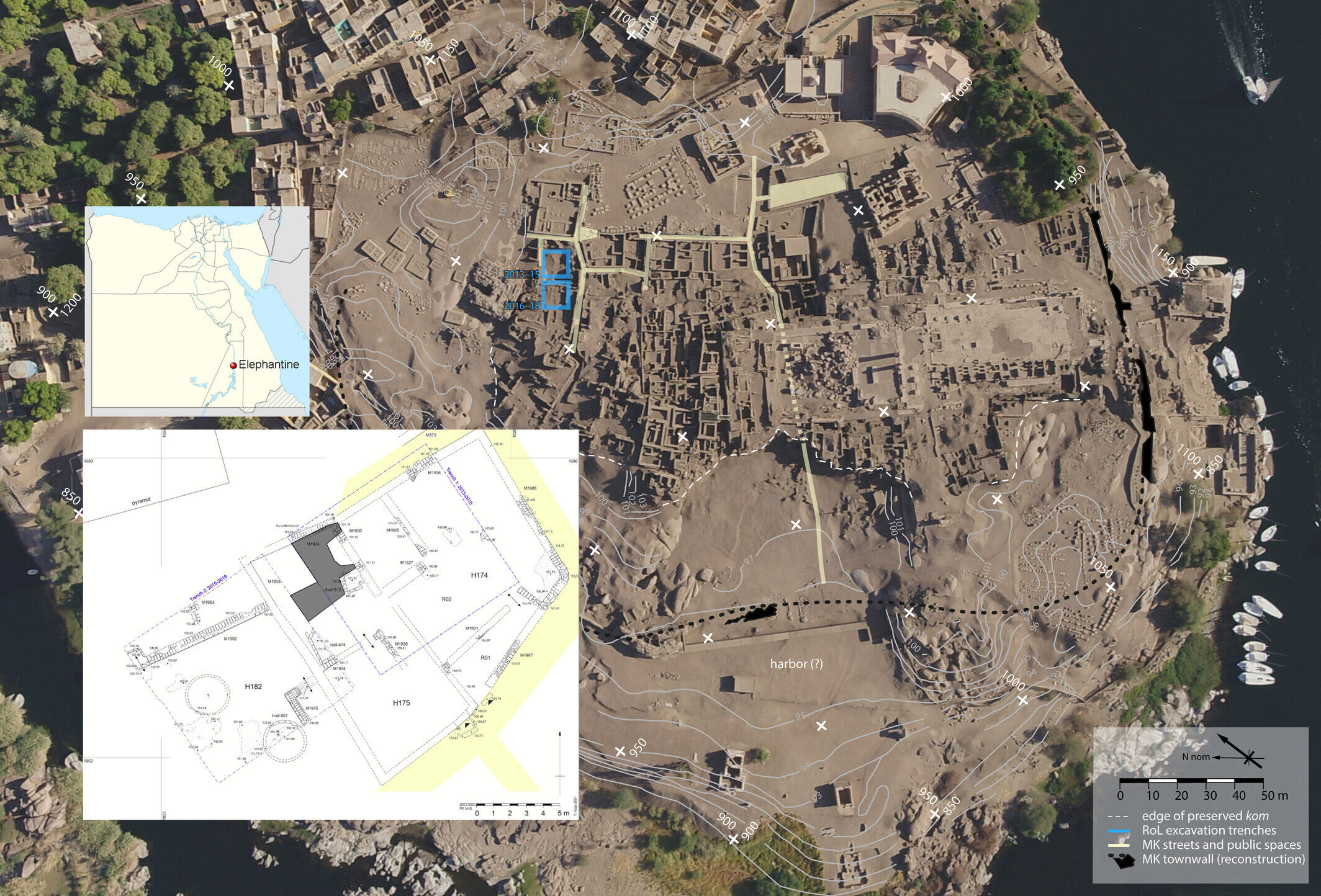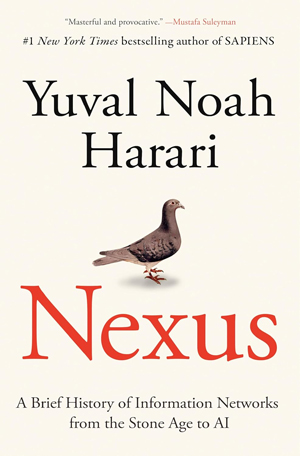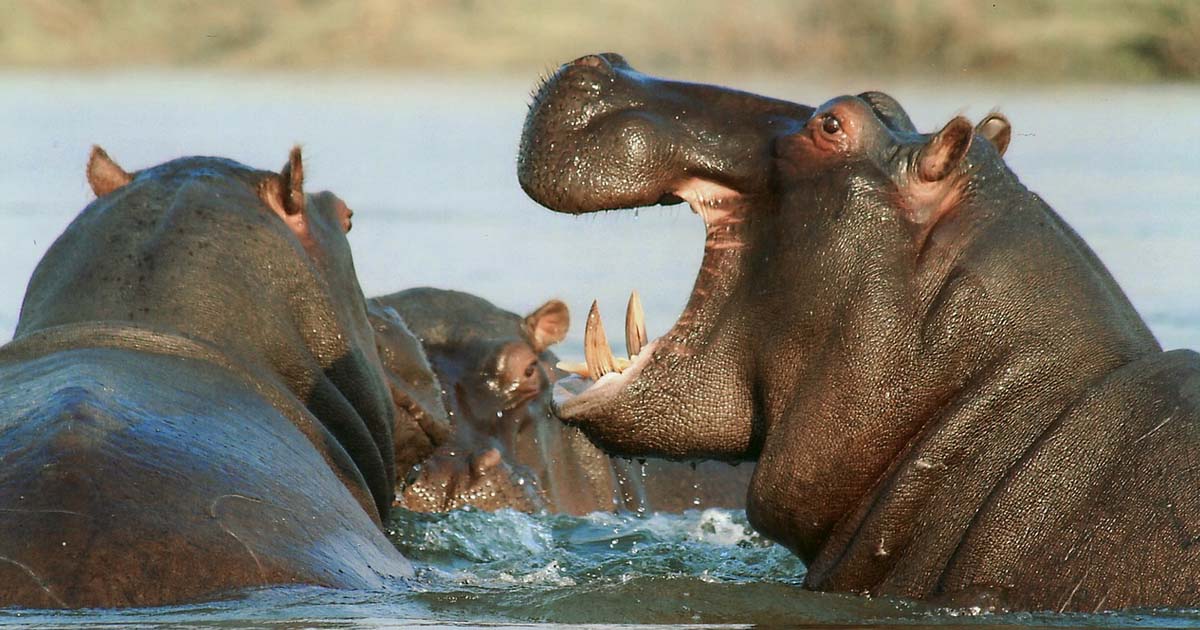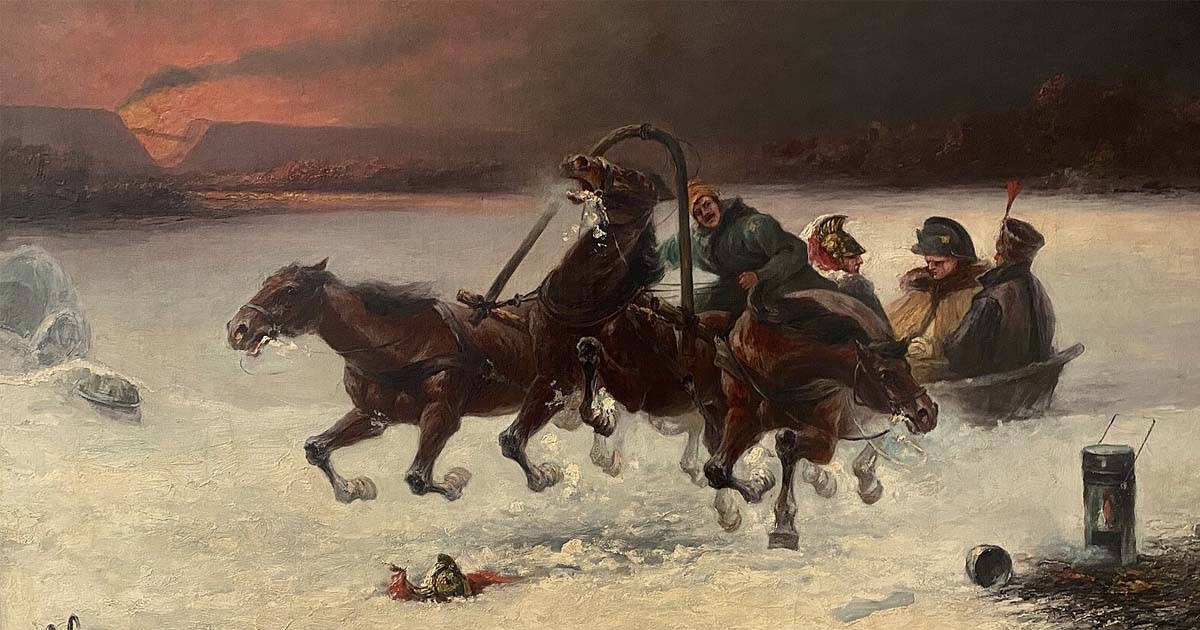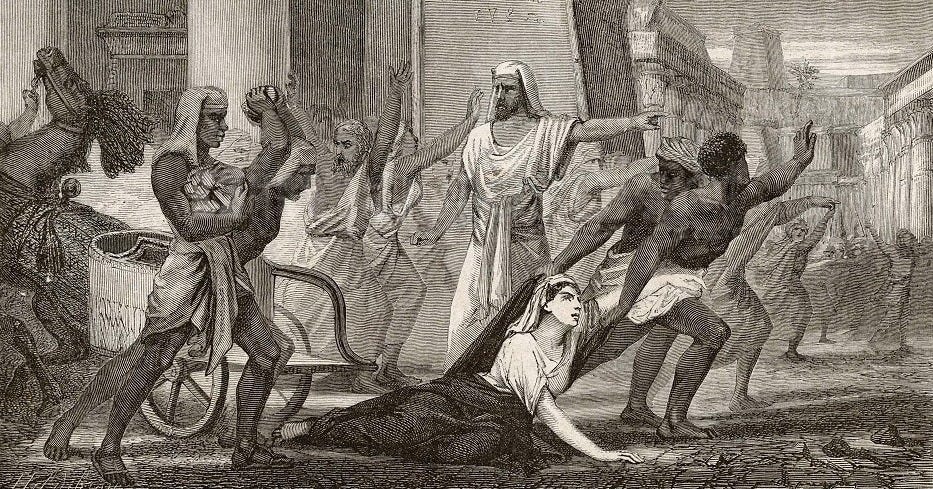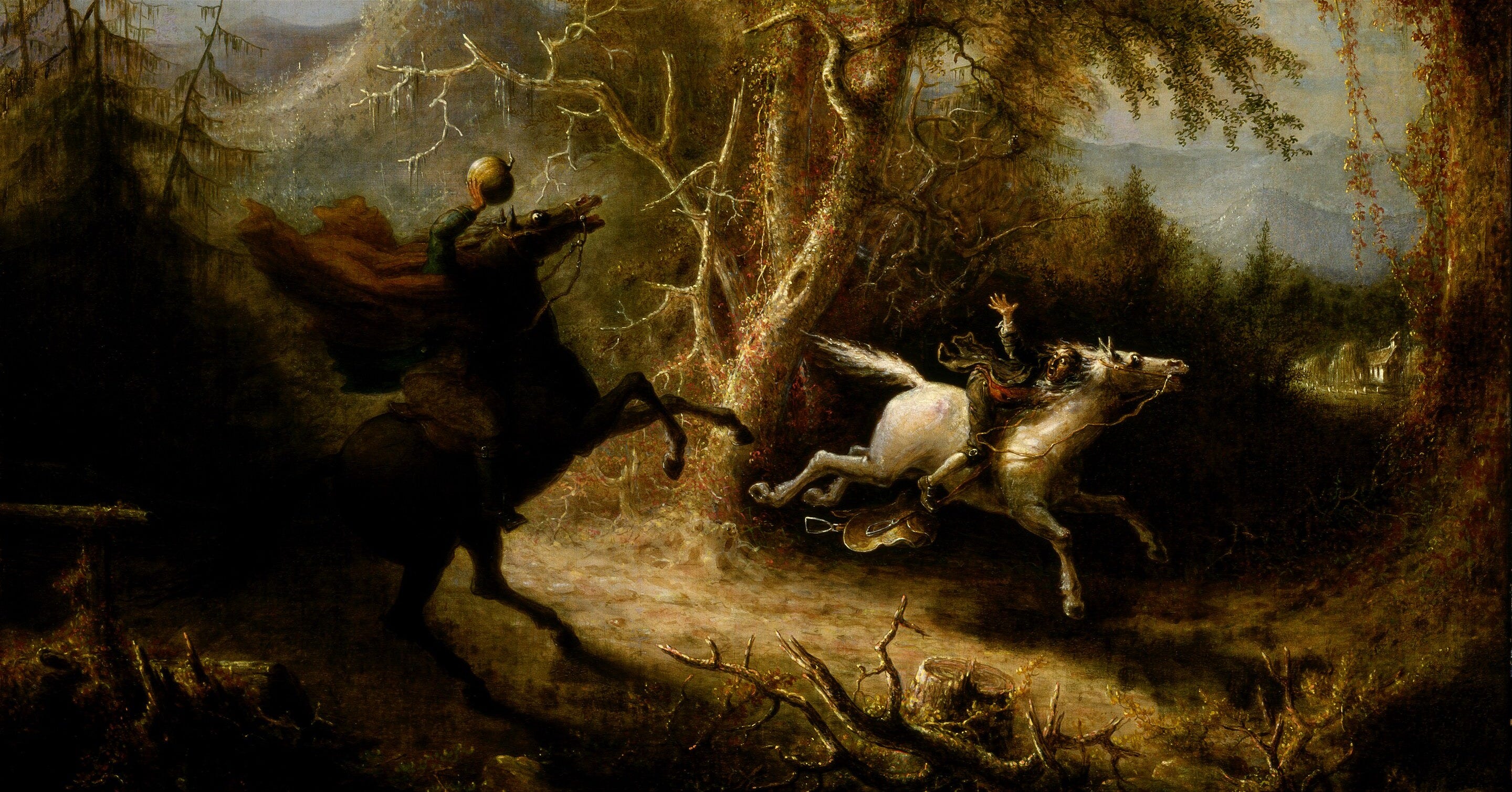It was February 1945 in the mangrove morasses of Ramree Island along the coast of Burma. It was here where a dark page of World War II was written. When Japanese soldiers withdrew from a losing fight with Allied soldiers, they trudged into a labyrinth of mud and water that would spell doom into their lives. Turns out this muddy waterway is infested with saltwater crocodiles.
The Battle of Ramree Island was a lesser battle of the Burma Campaign, and is remembered not for its implications on the battlefield but for a macabre anecdote: hundreds of Japanese soldiers reportedly were eaten by crocodiles in one evening. While this story was glamorized by the vivid prose of a Canadian naturalist, the modern legend has fascinated imaginations for decades; even though its authenticity is as murky as the wetlands themselves. This is the story of Ramree—where war, wildlife and myth meet.
The Burma Campaign and Ramree’s Strategic Significance
To fully comprehend the terror of Ramree, we must first turn back the clock to 1945 during which time the Pacific theater of World War II was a seething cauldron of desperation. The Burma Campaign, overshadowed by the wars in Europe and the Pacific Islands, was a brutal struggle to drive the Japanese from their grip on Burma (Myanmar). Ramree Island is a 520-square-mile spot in the chain of the Andaman and Nicobar Islands, and was strategically valuable in its location. Its low-lying terrain was appropriate for an airfield to support Allied action against the mainland, and it was a target that General William Slim’s Fourteenth Army wished to seize.

The British XV Indian Corps carried out Operation Matador—a landing operation to take Ramree—during January 1945. The estimated 2,700-man Japanese garrison under General Toshinari Noda had occupied the island since 1942. Encircled and cut off from supplies, the Japanese fought bravely, using the dense jungles of the island and coastal defenses to slow the Allied advance. Intensive naval bombardment and ground assaults by early February shattered their lines. Between 900–1,000 Japanese soldiers, aware of their impending defeat, retreated eastward, with the hope of fighting their way through the mangrove swamps of the island to a more sizable force on the mainland. Little did they know, the Japanese forces would be moving into one of nature’s deadliest traps.
Into the Mangroves: A Desperate Retreat
Ramree is an environment of twisted roots where every step is in gooey, knee-deep mud. The air is heavily swarmed with mosquitoes that are also carriers of malaria and dengue. Scorpions and venomous snakes have their sanctuaries in the swamps, and the brackish water harbors a far more dangerous enemy. Saltwater crocodiles (Crocodylus porosus) lay dominion over Ramree’s waters, and are the largest modern-day reptiles on Earth growing up to 23 feet long (approx. 7 meters) with bone-crushing jaws. For the Japanese soldiers—exhausted, starving, and weighed down with guns and scarce ammunition—the swamps were a journey into doom.
On February 19, 1945, the evening that the retreating Japanese charged through the darkness, the Allies closed in on them. British motor launches roamed up and down the coastal waterways, cutting off escape channels, while ground troops encircled the swamps, shooting stragglers. The soldiers, some of them injured, others dysentery-stricken, had a gauntlet to get through. Hunger clawed at them; the mud grabbed at their boots.. and then, as one version has it, the crocodiles struck.

The Crocodile Massacre: Bruce Wright’s Account
The most vivid account of the night was given by Bruce Stanley Wright, who was a Canadian naturalist and Royal Canadian Navy officer attached to the Burma Campaign. In his book Wildlife Sketches Near and Far, published in 1962, Wright recorded the terrible account through his following passage:
“That night was the most horrible that any member of the M. L. [motor launch] crews ever experienced. The scattered rifle shots in the pitch-black swamp punctured by the screams of wounded men crushed in the jaws of huge reptiles, and the blurred worrying sound of spinning crocodiles made a cacophony of hell that has rarely been duplicated on earth. At dawn the vultures arrived to clean up what the crocodiles had left… Of about one thousand Japanese soldiers that entered the swamps of Ramree, only about twenty were found alive.”
Wright’s vivid account, later echoed by conservationist Roger Caras and once featured in the Guinness Book of World Records, helped cement Ramree’s place in popular lore—even though his version was based on secondhand reports rather than direct observation. His description suggests a massacre on horrific scales: scores of men, stunned and caged, being torn limb from limb by crocodiles in a feeding frenzy. British soldiers on the motor launches, stationed at the perimeters of the swamps, heard cries and gunfire throughout the night.
However, Wright was not part of the soldiers in the swamps. His evidence was hearsay from motor launch crews, hearing rather than seeing the chaos. The question arises here: did the Japanese really get massacred by crocodiles, or has time been subject to war inflation?

Unraveling the Truth: Crocodiles or Pandemonium?
Modern scholarship raises a healthy skepticism about how far the crocodile attacks went.
In 2000, herpetologist Steven Platt interviewed several of the older Ramree Island residents who lived through the war. Their account, plus military records, shows a far less sensational truth. Platt estimated that only 10–15 soldiers likely died from being attacked by crocodiles, primarily as scavengers gnawed on bodies or isolated stragglers. Most of the Japanese dead—hundreds of the 900–1,000 who had entered the swamps—fell victim to more mundane but no less fatal processes. These included bullets from the Allies, drowning, starvation, malaria, dysentery, or snake and scorpion bites.
Saltwater crocodiles are known to be strong, but some researchers and historians feel that the Ramree account had been exaggerated. Furthermore, the swamps themselves were a death sentence. The Japanese, cut off by Allied soldiers, had no access to food or fresh water. Some died in tidal creeks or were trapped in mud, unable to move. Maladies such as dysentery wiped them out, and toxic creatures added to the tally. Wright’s book, written nearly two decades after the event, likely sensationalized such accounts, combining fact with the frenzy of war’s haze.

There were, undoubtedly, some instances of attacks by crocodiles. Saltwater crocodiles are opportunistic feeders, and the marshes were their domain. A wounded or isolated soldier, thrashing about in shallow water, would have been an easy target. One Japanese survivor, rescued by the British, later reported “monsters in the water” that carried away his comrades but initially blamed most of the casualties on bullets and disease. Another survivor’s testimony, recorded in a Japanese military archive, described “large reptiles” attacking stragglers but emphasized the confusion of Allied artillery shelling. These accounts show that crocodiles did have some role to play, but not starring roles Wright’s account suggests.
Why the Crocodile Narrative Endures
The Ramree crocodile narrative, while possibly exaggerated, has a firm hold on the imagination. It’s a primal tale of man against nature where the horrors of war are married to the terror of an ancient reptilian killer. Wartime propaganda could have helped to spread it; Allied soldiers, aware that there were crocodiles there, could have exaggerated the impact to make the enemy demoralized. The legend is also within a greater pattern of WWII animal war myths, such as the shark attacks on the USS Indianapolis crew in 1945, whereby nature doubled human suffering.
Media hyping cemented Ramree’s place in legend. Wright’s graphic, quotable report was grabbed by publications like Time magazine and sensationalized in books and documentaries afterwards. The 2021 film Saltwater: The Battle for Ramree Island drew heavily upon the terror of the crocodiles as remorseless killers. The movie, though, took some liberties, with spectacle showing more than historical fact. The deleted Guinness Book account further substantiated the narrative, in the lack of corroborating information from primary sources.
The fact that the story survived also testifies to the human need to comprehend the arbitrariness of war. The Japanese soldiers, in a hopelessly losing battle, were not vanquished by men but by nature itself—a narrative that infuses their tragedy with a mythic solemnity. To the Allies, the crocodiles were an uninvited ally. The crocodiles were also a stark reminder of Nature’s indifference to humanity’s war games.
Header Image: Crocodiles in a feeding frenzy. Taken by Gregg Yan. Source: CC BY-SA 3.0.
References
- Platt, Steven. “Man Eating by Estuarine Crocodiles: the Ramree Island Massacre Revisited.” The Herpetological Bulletin, British Herpetological Society, 2001.
- Roos, Dave. “Is the Ramree Island Crocodile Massacre a Myth?” 21 July 2022. HowStuffWorks.com. https://history.howstuffworks.com/history-vs-myth/ramree-island.htm/ 1 September 2025


